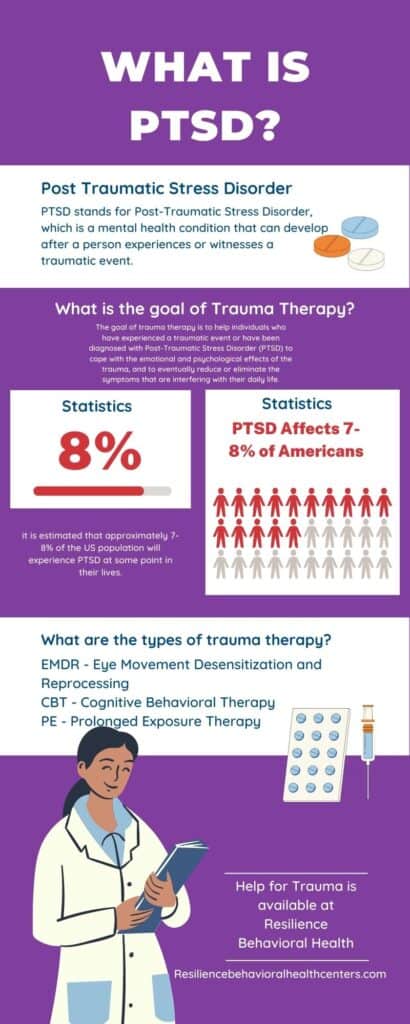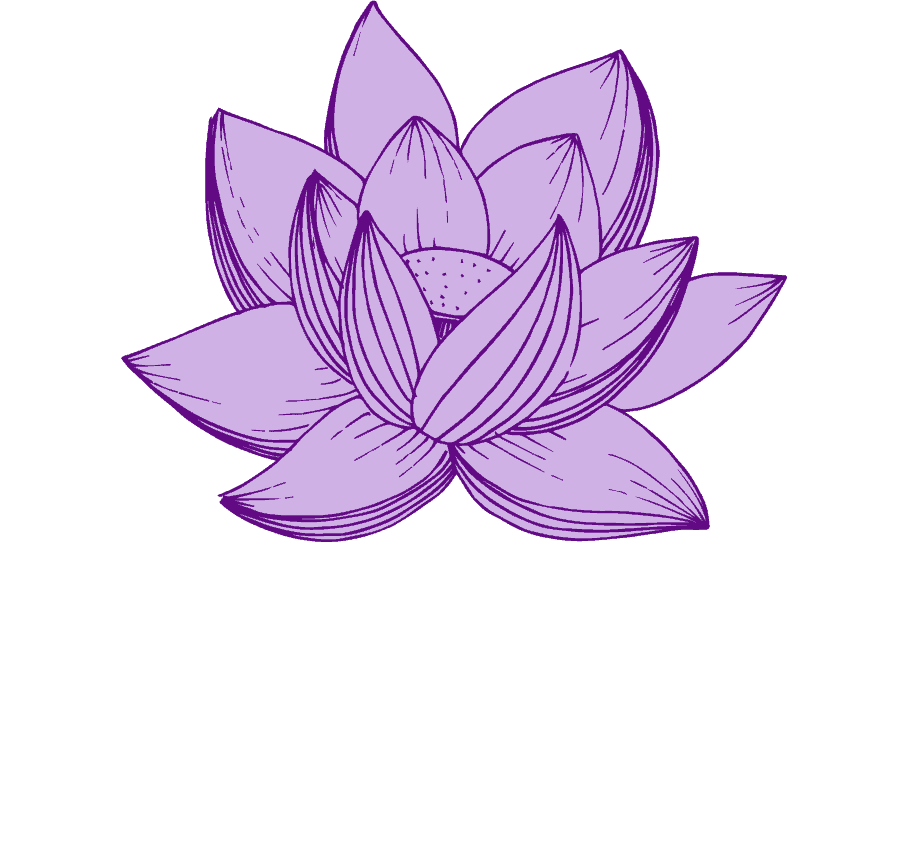EMDR Therapy and Its Role in Substance Abuse Treatment: Massachusetts Approach
Overcoming addiction is a tough journey, and just the mere thought of seeking treatment can be overwhelming.
Did you know that addiction isn’t just a behavior problem? It’s a brain challenge. Substance abuse triggers changes in both the structure and function of the brain, making recovery a complex process.
Now, here’s a fascinating bit – when someone experiences trauma, those emotional wounds can significantly complicate addiction.
Why? Well, the brain goes through alterations, affecting how we process and respond to substances. While some folks can casually enjoy a drink or recreational drugs, those with specific brain changes face a higher chance of forming a physical dependence on substances. It’s like the brain has its own language, and trauma can disrupt the conversation, making addiction a more formidable foe.
Amid this complexity, some forward-thinking professionals in Massachusetts are turning to Eye Movement Desensitization and Reprocessing (EMDR) therapy. This approach recognizes the profound link between trauma and addiction, offering a promising strategy for those willing to recover ASAP, and in the most effective way.
Ready to explore how EMDR transforms this healing journey? As the title suggests, we will go into the details of what EMDR is and how it helps with substance abuse. We will also shed light on the Massachusetts approach to treating drug abuse with EMDR.
Let’s first understand how trauma and substance abuse are related.
How Are Trauma and Substance Abuse Linked?
The intricate connection between trauma and substance abuse unfolds as a complex interplay, with each having profound influences on the other. Heavily researched statistics from the International Society for Traumatic Stress explain how trauma and substance abuse disorder (SUD) are linked. Here is how:
- Problem Drinking Behavior: Ranging from 25% to 75%, individuals with a history of traumatic experiences often find themselves grappling with problem drinking behavior.
- Trauma Related to Disasters, Accidents, or Illnesses: Approximately 10% to 33% of those enduring trauma related to disasters, accidents, or illnesses report struggles with problem drinking behavior.
- Sexual Abuse: Adults with a history of sexual abuse bear a heavier burden, exhibiting higher rates of substance use disorders compared to their counterparts without such experiences.
- Adolescent PTSD: The vulnerability of adolescents with PTSD surfaces starkly as they become nine times more likely to develop dependencies on hard drugs than those without such traumatic experiences. Childhood and adolescent traumas, spanning violence, abuse, neglect, exposure to suicide attempts or deaths, and familial disruptions like divorce, wield a significant influence, contributing to substance misuse.
The US Department of Veterans Affairs notes that 12% to 30% of combat veterans experience PTSD after serving, and among those with PTSD, 27% grapple with substance use disorders. This intricate link between trauma and substance abuse underscores the vital need for holistic treatment approaches that address both dimensions.
So, Is EMDR Therapy Effective for Substance Abuse? [Science Answered]
Originally designed to treat those grappling with the complexities of post-traumatic stress disorder (PTSD), EMDR therapy is also helpful for people with substance abuse disorders.
Going beyond its roots as a PTSD intervention, EMDR not only elevates positive treatment outcomes but also acts as a catalyst for a profound shift from negative emotional states to positive ones, reducing sensitivity to addiction triggers.
The versatility of EMDR isn’t confined to a singular form of addiction. While ongoing research calls for more exploration, there are promising signs that EMDR may effectively contribute to addressing a spectrum of addictions:
- Alcohol
- Gambling
- Gamma-hydroxybutyric acid
- Internet
- Sex
- Opioids
- Tobacco

How Does EMDR Trauma Therapy Work?
EMDR therapy consists of purposeful sessions where a therapist delicately guides the individual through a transformative journey. In each session, the focus narrows to specific memories or thoughts entwined with addiction experiences. The therapist employs bilateral stimulation techniques, such as eye movements, tapping, or buzzing, creating a rhythmic flow that helps the brain process these memories.
The patient engages in this process until the once-distressing memory or trigger loses its potency. Remarkably, this transformation often occurs within just a few sessions. However, recognizing the uniqueness of each individual’s journey, some may require additional sessions to navigate through the entirety of their triggers.
What to Expect Before Opting for EMDR Therapy?
Opting for EMDR therapy? This is a quick rundown for your anticipation:
- Session Frequency: Plan for one or two weekly sessions, each lasting 60-90 minutes.
- Tailored Approach: The number of sessions aligns with your unique history and response to treatment.
- Safety Assurance: EMDR therapy is deemed safe, with no significant side effects to worry about.
- Eight-Step Journey: Each session involves a guided exploration through an 8-step process skillfully led by your therapist.
What Does 8 Phases of EMDR Therapy Look Like?
- Patient History Phase: The therapist will gently delve into your past, focusing on traumatic events, as they create a personalized treatment plan for you.
- Preparation Phase: Here your therapist will make you understand the intricacies of EMDR therapy, and what to expect, and equip yourself with coping techniques for managing emotions that may surface.
- Assessment Phase: You will target various elements—images, feelings, beliefs, or sensations—tied to the traumatic event earmarked for reprocessing.
- Desensitization Phase: Here the major phase comes when you navigate through eye movements, taps, or other stimulations while revisiting the traumatic event, fostering new and positive associations.
- Installation Phase: Strengthen the positive associations paired with the traumatic event under the guidance of your therapist.
- Body Scan Phase: You are guided to visualize the traumatic event once more, noting any lingering tension or negative associations in your body.
- Closure: It involves grounding yourself back into the present with your therapist’s assistance, incorporating techniques from step 2 for a smooth transition.
- Reevaluation Phase: In the subsequent session, discuss your post-treatment experiences and emotions, gauging your response to the therapy.
Who Can EMDR Therapy Help the Best?
EMDR therapy offers a powerful avenue for those having a hard time with addiction. Besides addiction, EMDR helps with the following:
- Symptom Reduction: It effectively alleviates symptoms of PTSD, fostering a path towards emotional healing.
- Anxiety and Depression: You get to experience a notable decrease in anxiety and depression, promoting mental well-being.
- Trigger Management: You develop effective strategies to manage triggers associated with addiction, empowering individuals in their recovery journey.
- Coping Skills: You enhance coping skills, providing valuable tools for navigating the complexities of addiction recovery.
- Self-Esteem: You see an upliftment in self-esteem, cultivating a positive self-image and bolstering resilience.
What Role Does Your Therapist Play Here?
In EMDR therapy for addiction, the therapist plays a crucial role as a supportive guide. Their main job is to help clients navigate their emotions and process memories in a safe and encouraging setting.
Using their expertise, therapists ensure clients stay within their emotional comfort zone during sessions. They gently lead clients through the EMDR process, identifying and managing any challenges that might come up.
This is exactly why you need to carefully evaluate several healthcare professionals after you make up your mind to opt for EMDR therapy.
Benefits of EMDR Trauma Therapy for Substance Abuse
Improved Mental Health:
Beyond addressing addiction, EMDR positively influences mental health. By reprocessing traumatic memories, you will see a reduction in anxiety, depression, and other psychological conditions.
Lasting Benefits:
A key advantage of EMDR therapy is its potential for long-term benefits. By resolving underlying trauma, individuals may achieve sustained recovery from addiction, reducing the chances of relapse.
EMDR Trauma Therapy for Substance Abuse – Resilience Behavioral Health Center Massachusetts Approach
Resilience Behavioral Health Center provides both general outpatient and intensive outpatient programs tailored for effective addiction treatment. Our general outpatient program enables patients to have the option of being independent while benefiting from the necessary structure.
For those requiring additional support, our intensive outpatient program offers a range of services, including:
- Counseling,
- Group therapy,
- Music therapy,
- Art therapy, and more.
Our experienced staff specializes in treating co-occurring disorders, addressing both drug or alcohol addiction and other mental health conditions.
Wrapping It Up!
Addiction and substance abuse can be devastating for both your physical and mental health. Luckily, your brain has neuroplasticity in abundance to help you heal from addiction and trauma. And EMDR is likely the therapy you can opt for, to achieve this goal.
If you or someone you care about is facing the consequences of substance abuse, EMDR therapy can become a salvation for them.
Want to have a first-hand conversation with a reliable therapist first? Simply call today at (888)-401-1179. You can also visit the contact page to find out more.

